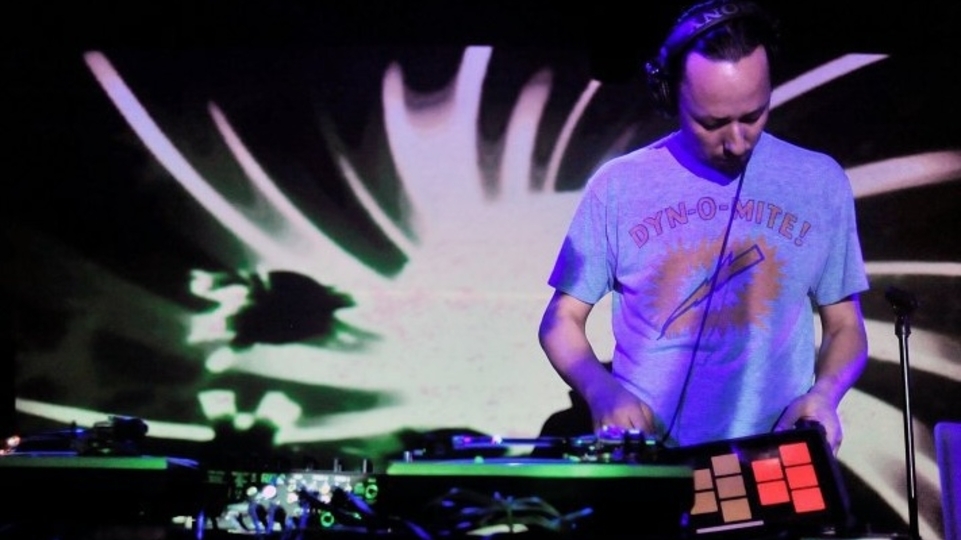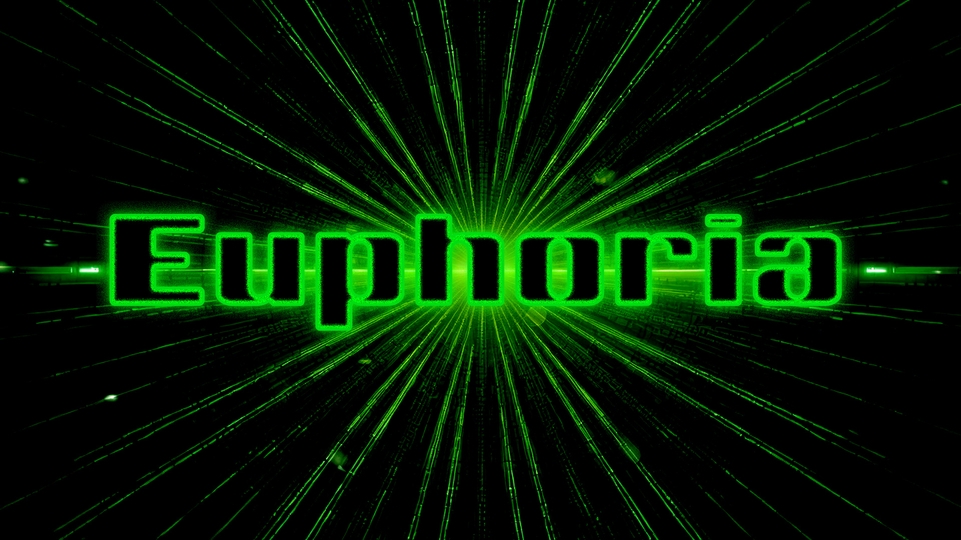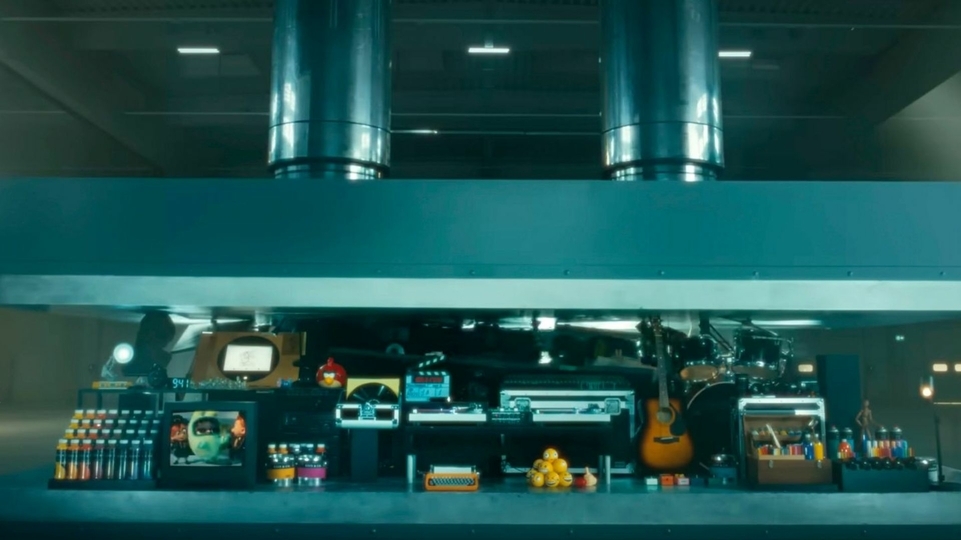
Why trance works
Uplifting melodies, massive breakdowns, a thousand arms raised aloft waiting for the drop — these tropes have ensured trance has remained popular for nearly 30 years. Harold Heath investigates a recent AI experiment to discover the science behind why fans just can’t get enough
Since its birth in the early ‘90s, trance has been a mainstay of clubland. DJs and clubbers alike have found its charms — the planet-sized major chord riffs, euphoric musicality and breakdowns longer than a Villalobos transition — hard to resist. And let’s be honest, when those lasers strafe the crowd, those emotive melodies cause a prickle of goosebumps and Armin goes into full-on Jesus-pose mode, it’s easy to see why.
But is there scientific reason behind people’s love of uplifting trance? Well, one recent research study decided to examine exactly that. The study was part of an EU research project looking into the use of AI and machine learning to generate new music. Dr. Dorien Herremans PhD, Assistant Professor at the Singapore University of Technology and Design, was on the research team and told us: “In order to create systems that compose new music, it’s essential to first understand music and what within music causes enjoyment.”
One of the other collaborators on the project — Prof. Darrell Conklin — just happened to be a trance fan, and so proposed that the team test their theories and models on the genre. The experiment involved playing trance fans computer-generated uplifting trance tracks, with chord progressions that ranged from simple to more complicated, and getting the listeners to rate their enjoyment. (In this context, ‘complicated’ chords means chords that contain notes that belong in different musical keys. So the listeners were played a series of trance tracks, each one progressively more harmonically complex).
The main finding was that the listeners’ enjoyment was related to how musically complicated a track was. In particular, the research team found out that with occasional exceptions, the trance fans didn’t generally like really simple chord progressions. But if you increase the harmonic complexity, they eventually reach a point of maximum enjoyment. However, producers beware: if you overcomplicate things, the enjoyment plummets again. Not too hot, not too cold, just right...
So, much like when Goldilocks tucked into the three bears’ porridge, uplifting trance fans have a musical sweet spot, where the chords used are not too simple and not too complicated. But do the real-life experiences of trance DJs and producers tally with the research’s findings?
“The basic thrust of the piece makes perfect sense,” says Richard Mowatt, who records as Solarstone. “In uplifting trance music, there is a fine balance between complexity and simplicity. Listeners need to feel the reassurance of being able to comfortably ‘predict’ what is going to happen next musically and melodically in order to relax into the music and become ‘lost’ in it, but enjoy the more complex and unexpected production flourishes that occur in addition to the melodic content.


“Predictable chord progressions, or harmonic structure, are a significant part of the very fabric that defines trance as a genre” — Steve Helstrip, who records as The Thrillseekers
“I know from my experience as a DJ that compositions that are too ‘clever’ or ‘complicated’ can have a negative impact on the crowd,” he continues, “unexpected or ‘awkward’ chord changes and melodic deviations can kill the vibe on the dancefloor completely.”
This balance between musical simplicity and complexity that Solarstone talks about is central to the enjoyment of not only uplifting trance, but apparently most other music too. If a producer gets it right then the dancefloor will go off when the tune drops. But if they get it wrong, then the DJ might see their carefully built up peak-time crowd head off to the smoking terrace instead. For Dr. Herremans, this balance is all about the role played by expectation and predictability in the enjoyment of music: “The expectation mechanism plays a very important role in music. We always anticipate what comes next, just like we do with language. If I were to sing ‘Happy Birthday’: ‘Happy birthday to...’, then you would expect the ‘you’ note to follow right after. Otherwise, you would be left feeling like something was missing. The same mechanism is at play when we listen to uplifting trance, where the producer needs to find the delicate balance between expected chord sequences, and new surprises in the music. During our study, we also found that a similar balance should be maintained in harmonic tension — ie. not using too simple-sounding chords, but also not using too harmonically complex sounding chords either.”
Steve Helstrip, who records as The Thrillseekers, knows a thing or two about how to put a trance tune together and found much to agree with in this research: “Predictable chord progressions, or harmonic structure, are a significant part of the very fabric that defines trance as a genre. More often than not trance will evoke a warm, fuzzy emotional response within the listener, and a part of this can be attributed to the relationship between the melody and the chords. Much in the same way that you will find familiar chord progressions repeated in rock music and other genres, trance has its own familiar clichés.”
Clearly, expectation is an important factor in the enjoyment of uplifting trance. Predictability and surprise seem to be relevant factors too, although not too much or too little of either. So what exactly is going on here? We asked Ragnhild Torvanger Solberg, a music cognition and music psychology researcher about expectation and music: “One explanation as to why we experience music as pleasurable is through musical expectancy. We can get pleasurable responses, such as chills or an intense desire to move, when our expectations regarding what will happen next in the music are either fulfilled, delayed, deviated from or violated.”
According to this theory, when we’re at a rave, our brains go through a continual process of expectancy and satisfaction, or pleasant surprise as the music triggers the release of dopamine. Ragnhild continues: “Musical expectancy is largely at play when we listen and dance to dance music and especially build-up and drop sections. Through repeated encounters and engagement with these genres, we have an idea about what will happen in the music — but we do not know exactly how it will happen and when. And anticipating it and finally receiving it — or not — will create a sense of pleasure and reward.” So a big part of the enjoyment of genres like uplifting trance is the expectancy: kind of knowing what will happen and having these expectations fulfilled — but also sometimes having your expectations confounded. Put this in the context of an all-night party where your brain is continually being stimulated, satisfied and pleasantly surprised for hours on end, then it’s little wonder that we love raving so much.


So what might these findings mean for a producer wishing to create the next uplifting trance anthem? “Hopefully some of the chord structures that are much enjoyed could be helpful for trance producers,” says Dr. Herremans. “In the future, a tool, integrated into a DAW, could provide feedback on the complexity/repetition within songs and suggest slight changes to improve the enjoyment.” In other words, the technology is now being developed which is able to pinpoint and codify particular musical elements that trigger dopamine release — information which could then be used by producers to maximise listener enjoyment.
Which is pretty amazing if you think about it. However, not everyone is convinced. Steve Helstrip is less sure about the application of such technology to the creative process: “I have no doubt that AI will be able to create credible music within our lifetime. Whether or not it will be good enough to rival, say, [Tiësto’s] ‘Adagio For Strings’ remains to be seen. I remain sceptical until proved otherwise.”
The other question of course is, if scientists are now working out exactly which chord progressions work best for uplifting trance, can these findings be applied to other music too? Dr. Herremans believes they could: “I assume that these findings would indeed apply to other dance genres, although this would need to be verified before I could confirm it. I do believe that there would be variations in the amount and speed of repetition such that they are more tuned to a particular genre.”
And to return to the original question... So why does trance work? Well, the science has shown that musical expectancy and specific levels of musical complexity have a great deal to do with it, but this is of course only one aspect of why we engage with a particular type of music. As Solarstone neatly summarises, uplifting trance is a combination of different elements: “A simple harmonic musical composition that ‘works’, the use of repetitive elements and the building of tension through the arrangement process. The most successful and memorable pieces combine all three of these factors.” And we’ve not even gone into the social and cultural aspects of why and how people enjoy music together. Whether AI will ever make a tune as totally banging as ‘Adagio For Strings’ remains to be seen, but in the meantime, machine learning is attempting to understand exactly how music works. The continued growth of AI in music is a subject that raises concerns around the potential loss of musical authenticity and about the continued erosion of job roles within the industry.
However, there are plenty of keen early adopters too and as ever, the real picture is more nuanced than a simple the-robots-are-taking-over narrative. This kind of research is opening up and examining the exact mechanisms by which music triggers our emotions — which in turn could potentially open up entirely new ways to compose and experience music.






